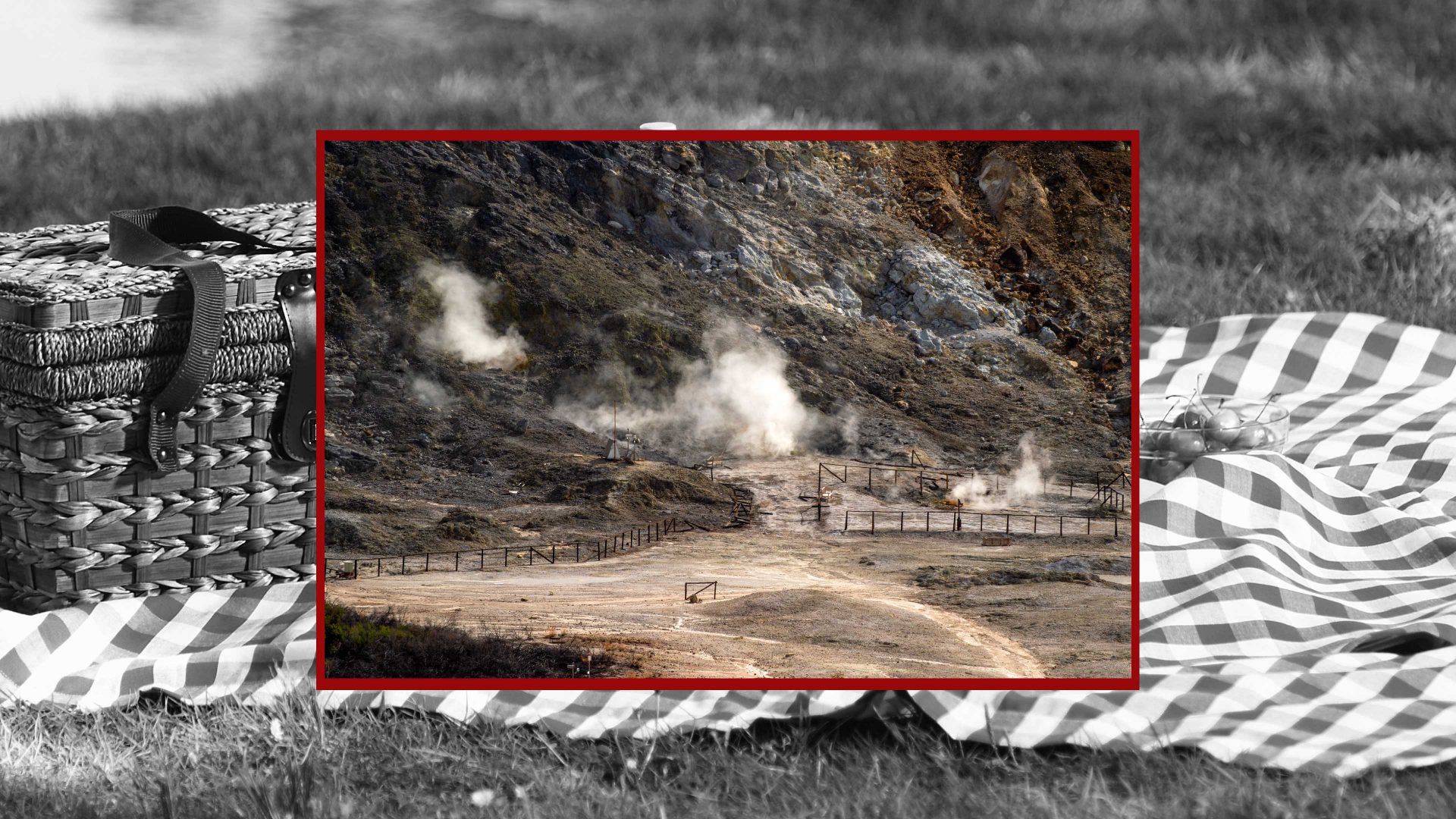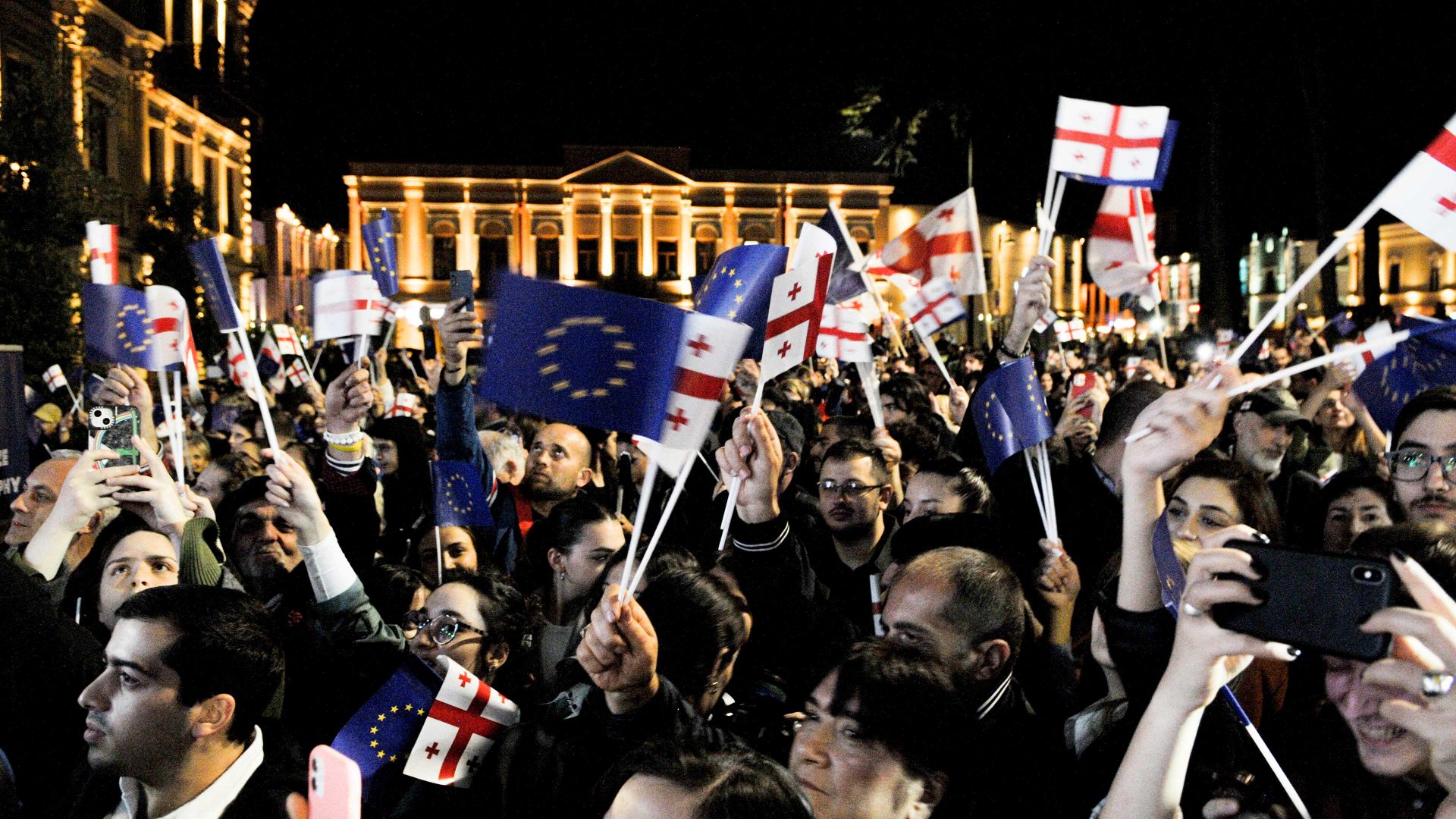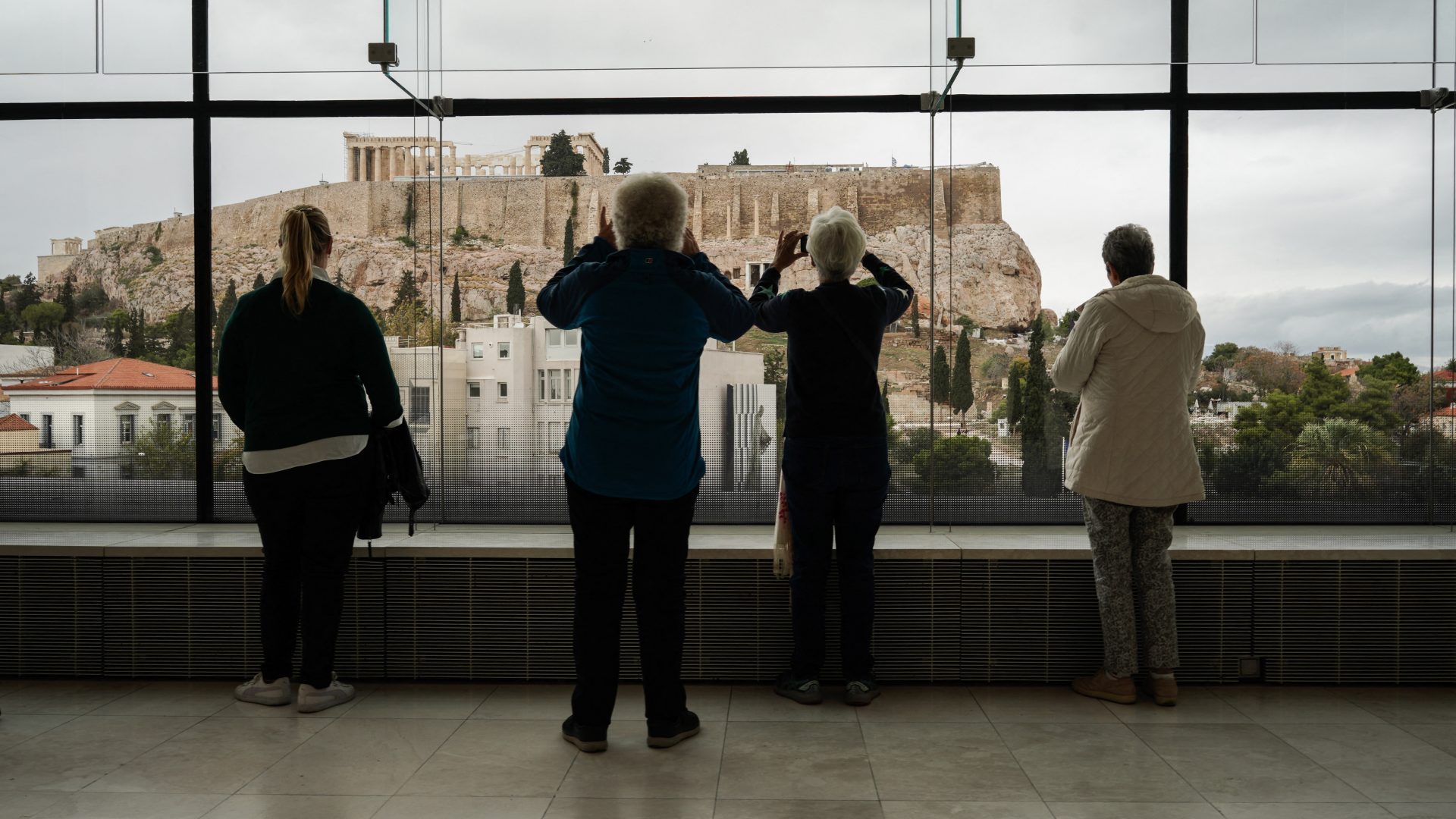Many Italians live in areas at high risk of quakes, and they don’t know or care. Fatalists – that’s what we are. But lately things have been getting out of control.
The Phlegraean Fields near Naples have been rocking for days. Well, actually for millennia. There are 40 active craters that in the past few weeks have triggered more than 1,000 little quakes.
And there’s nothing much that can be done about it. However, the rightist government is on a mission to stop the constant, subtle volcanic activity known as “bradyseism” that has slowly caused the land to sink alarmingly below sea level. But Giorgia Meloni’s much-hailed plan is ridiculous. The government intends to monitor and map the area and put in place evacuation plans.
According to myth, the Phlegraean Fields (from the Greek word for “burning”) are the Mouth of Hell, the entrance to Hades. That gloomy vibe of eternal damnation contrasts with the nonchalance of the locals.
They’re used to it. If you are born and bred at the feet of Mount Vesuvius, the sleeping giant, you see stuff coming out of the ground all the time. Some people take their complacency too far – houses have been built on the slopes of the volcano. If a large eruption happened, well…
The Phlegraean Fields’ hyper-activism is seen as reassuring: by venting out little puffs of fire and gas here and there, the wicked giant Vesuvius will keep sleeping. But a few people are starting to get worried. Ciro, an ambulance driver who lives in Pompeii, says fear of the current quakes is keeping him awake at night.
“It’s true that we are used to this underground activity, but it’s kind of scaring us lately and we have a feeling the government has no plan,” he tells me.
I recently went on a day trip to the “fire fields”. It was like walking on a boiling pot. I spotted steaming vapours oozing out of the rocks and jetting from walls in the town. Families were sitting down to picnic near geysers, and scuba divers were swimming in underwater craters inside flooded ancient sites, oblivious to the risks.
The picnic scene almost killed me. It was surreal. They were just sitting there, eating a heavy meal, on the Solfatara crater: a little sleeping volcano with sulphur-yellow sand that constantly blurts out steam. The Romans thought it was the house of Vulcan, the god of Fire. And yet people come here for Sunday lunch, despite a nauseating sulphurous stench of rotten eggs.
Grannies set out table cloths and sunbeds on the volcanic sand, while children run around the geysers. The old men play cards and sip glasses of heady wine. Women smudge the foul-smelling sand on to their faces, believing it to be rejuvenating for the skin.
Nobody since Roman times has ever been scared of the vapours. Actually, they’re a good sign. “As long as the Solfatara puffs, we can rest assured that Vesuvius will keep sleeping,” explains Maria. “It’s like a pot of boiling spaghetti: never put a lid on or it will explode, let the water bubble up to the surface.”
Ciro jokes that people are so accustomed to daily rumbles that they hardly notice any more when the chandelier rattles or the glasses shake.
“I am always on the move, I have a hectic life. Even if there were tiny quakes, I would not perceive them. My lifestyle is an earthquake. It’s the thought that frightens me.”
Nearby towns have ruins of temples dotted with fossils; they were once submerged beneath the water. I spot a mummified clam shell hanging on a stone column. Who knows, maybe in the next 10 years these towns around here will be flooded – and deep beneath the sea.




